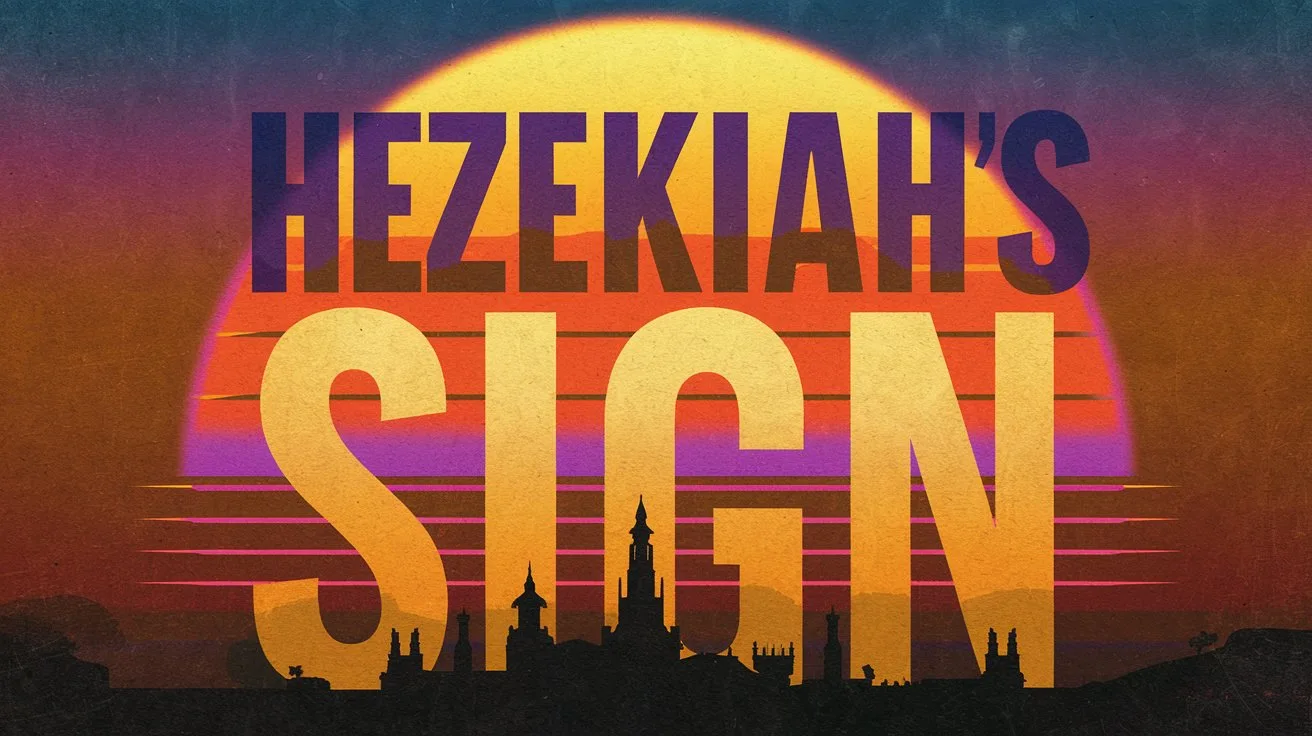James, the brother of Jesus, is identified in Matthew 13:55 and Mark 6:3 as one of Jesus’ earthly brothers, the son of Mary and Joseph. Initially, James did not believe in Jesus as the Messiah. John 7:5 states, “For even His brothers did not believe in Him.” This unbelief continued during Jesus’ earthly ministry.
After the resurrection, James became a believer. Paul records that the risen Christ appeared to James specifically (1 Corinthians 15:7). This appearance seems to have been a turning point in James’ life. He became a leading figure in the church at Jerusalem. In Acts 12:17, Peter refers to James as a prominent leader. By Acts 15, during the Jerusalem council, James presides and gives the final judgment concerning the inclusion of Gentiles in the church, showing his authority and wisdom (Acts 15:13–21).
James is referred to by Paul as a pillar of the church along with Peter and John (Galatians 2:9). He is also recognized for his conservative leadership and emphasis on practical righteousness.
James is the likely author of the Epistle of James, which is addressed to “the twelve tribes which are scattered abroad” and emphasizes living faith expressed through works, control of the tongue, care for the poor, and endurance through trials. He identifies himself simply as “a bondservant of God and of the Lord Jesus Christ” (James 1:1), displaying humility despite his familial relationship to Christ.
Church tradition holds that James was martyred in Jerusalem. According to historical sources, he was stoned to death around AD 62.
James’ transformation from skeptic to faithful leader and martyr is a powerful testimony of the resurrection and the life-changing impact of genuine faith in Christ.







